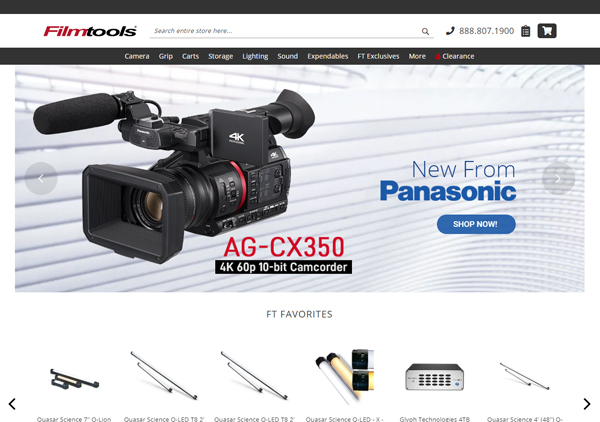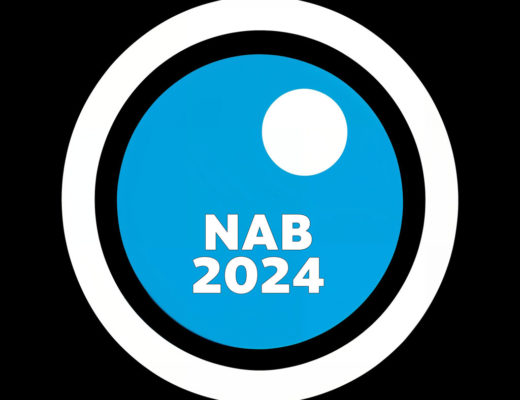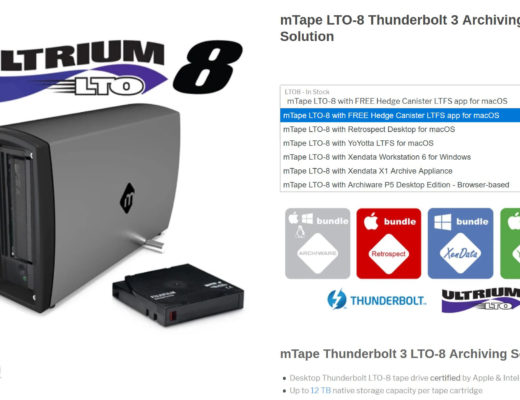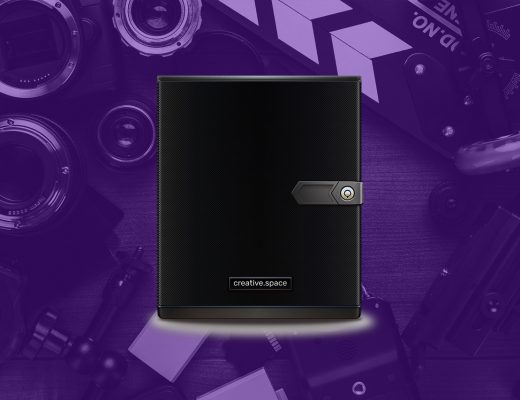To revisit my previous post with content contributed by guest bloggerSean Banahan, “Accountability From Your Software Vendors,” I want to discuss three areas that marketing and I.T. departments looking at implementing a Digital Asset Management software solution should consider.
With enterprise content management technologies and other software, you have options between installed software solutions, hosted / Software as a Service solutions, and options including both flavors. When it comes to evaluating systems and service providers that help you create, manage, distribute, publish and archive the digital media that is the lifeblood of your brand and promotional materials, you’ll want to keep these 3 things in mind.
1. Support
From the point you say go on a software solution, what type of support do you get for each stage in the process – technical implementation, marketing launch, user training, helpdesk, upgrades, more training, user promotions, customization? Who is providing that support?
Who handles the implementation? Is there assistance with collecting and migrating existing digital assets from whatever scattered locations they exist?
If you’re looking at SaaS, is the company who actually hosts the software the same company that develops it? How many levels removed are you from the developers who handle customization requests?
Often overlooked, but extremely important, what type of training is available – for both administrators and end-users? First consider how easy-to-use the solution is. Can users basically walk right up and use it based on their experience working with other common desktop applications or web interfaces? Or, are extensive user training sessions required?
What about when you have questions and don’t want to go looking through heaping piles of documentation? Can you pick up the phone and speak with someone? Email? Chat?
Consider the technical support, marketing support and every-day user support.
2. Upgrades
How are upgrades handled? Who’s responsible – internal I.T. or the hosted provider? How often are new upgrades released? Is there a cost or annual support fee to receive the upgrades?
Are upgrades available on a routine release cycle? Each time there’s an upgrade, what documentation and training is available? How much of each release is dedicated to new innovations vs. bug fixes and technical backlog?
Can you skip an upgrade? What happens if you do? Nobody likes a legacy software application and no vendor wants to support it.
3. Risk
Lastly, consider the risk involved with making a DAM selection. Who assumes the risk? If you’re looking at installed software, you assume the risk. If you’re looking at SaaS, the vendor shares in the risk because their livelihood depends on the longevity of the business relationship.
What’s the risk? The risk is making sure you never lose an asset … disaster recovery plans ensure business continuity … access level controls enforce accountability … security protects against external threats … system scalability accommodates future growth.
With more and more DAM vendors entering the SaaS space, I encourage you to look into company background and challenge that there’s more to SaaS than just the software. (Consider Al’s postSaaS: Widen’s definition of “Service” is different…in a good way.”) Coming from a 60-year-old company whose business has always been providing professional services, we understand that SaaS has a double meaning.

Filmtools
Filmmakers go-to destination for pre-production, production & post production equipment!
Shop Now













